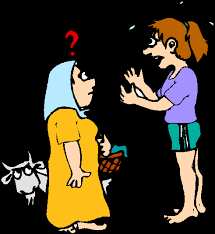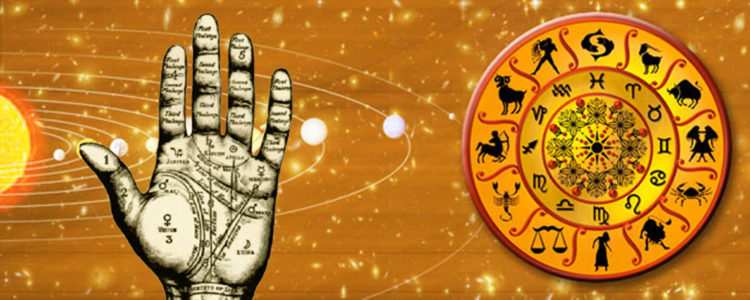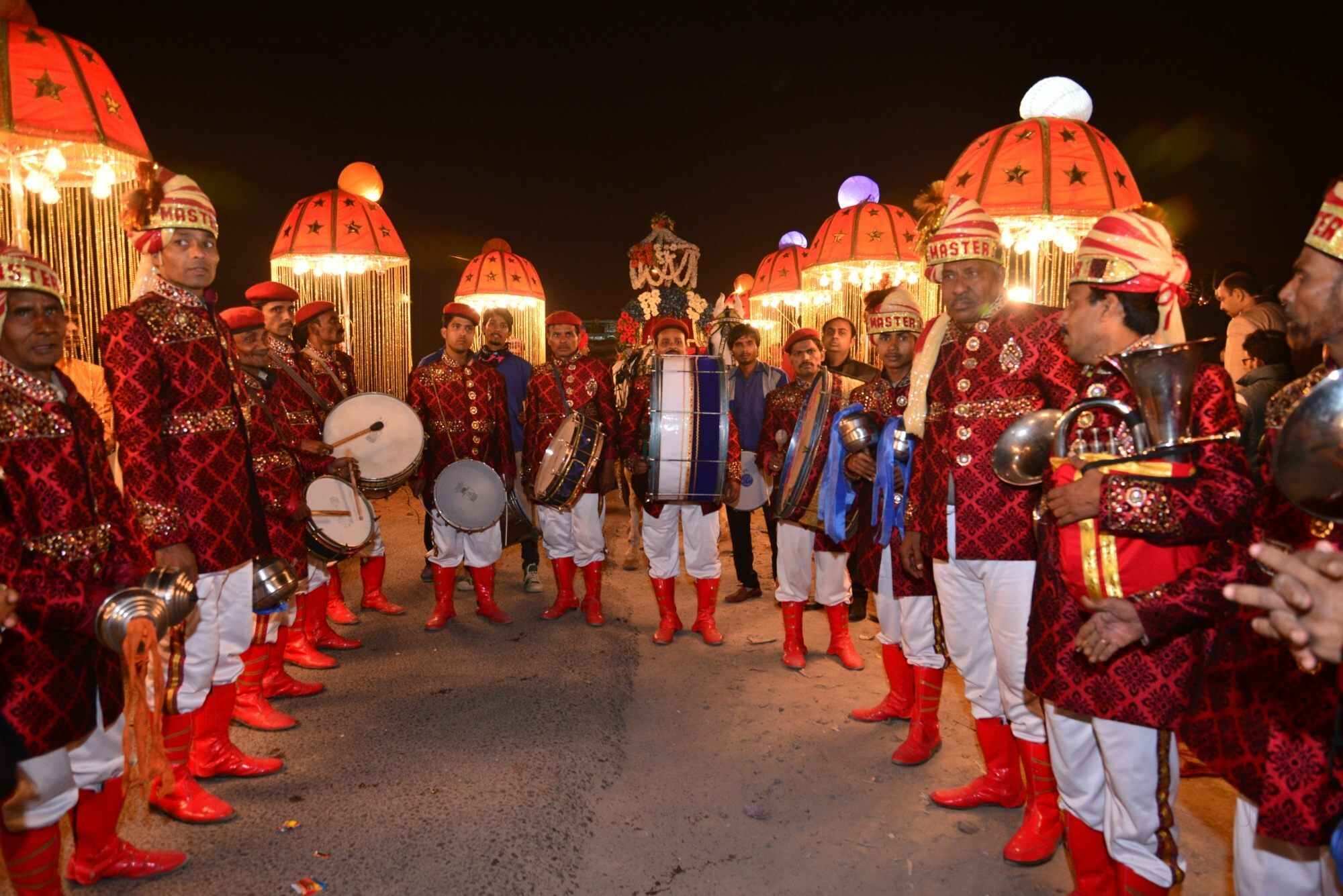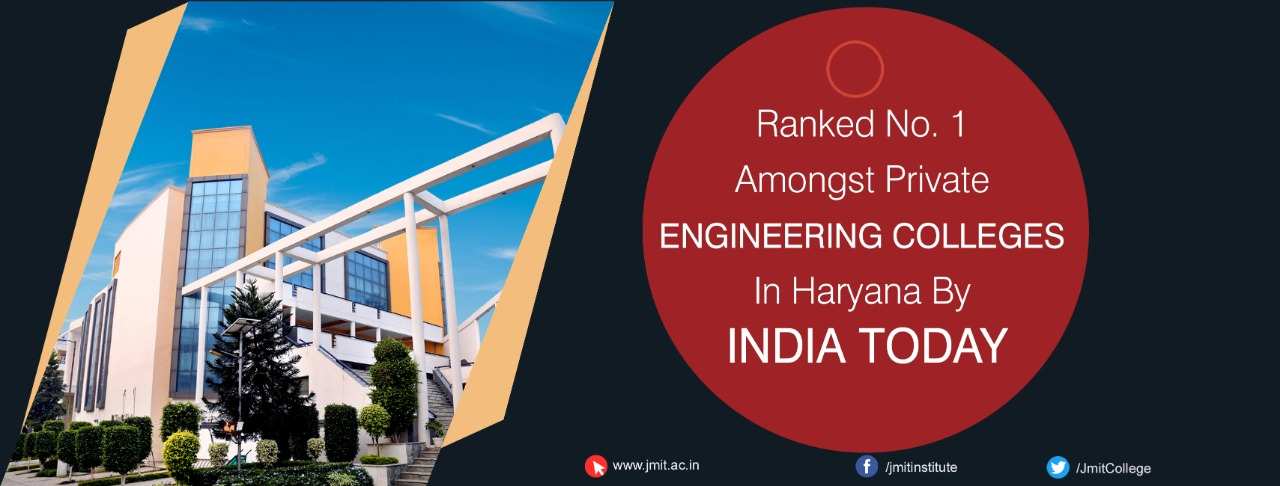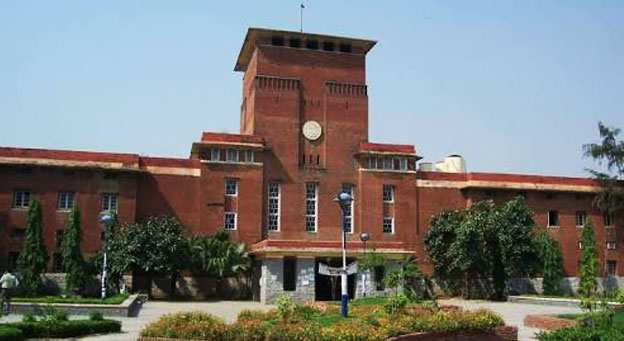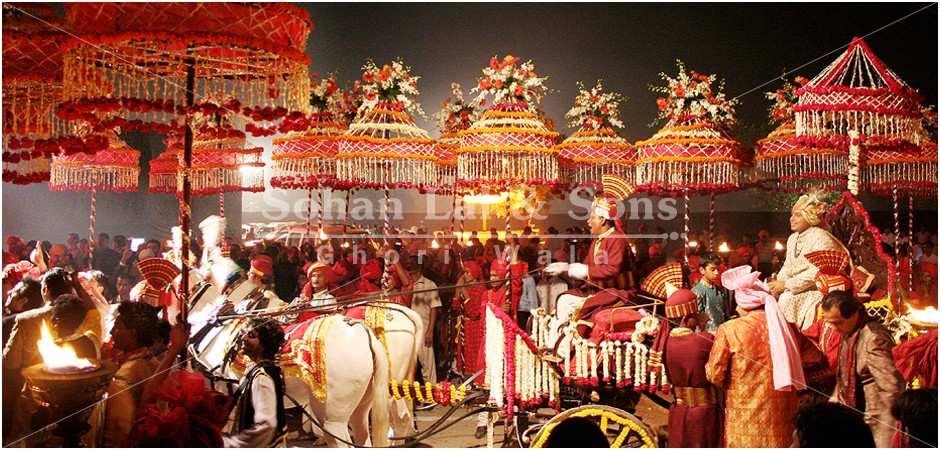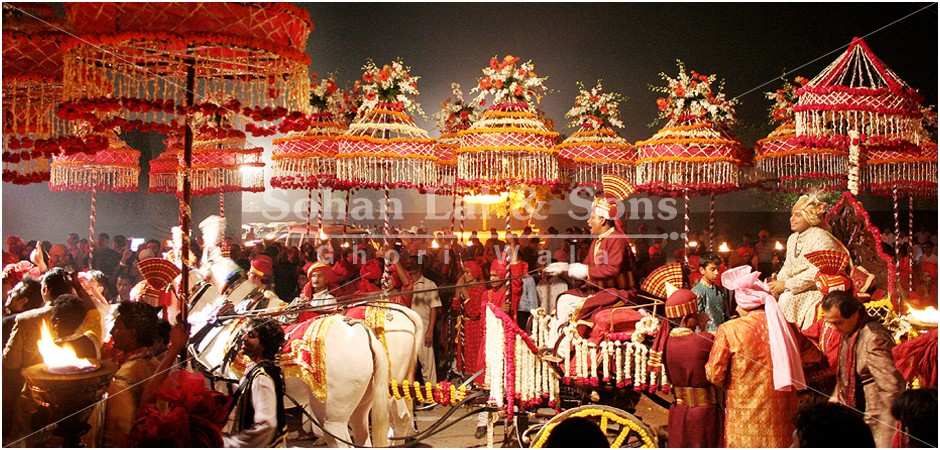India is a land of different languages. Every language has rich literature and each region can feel proud of the language which it speaks or in which its literature is available. But some people lay too much or rather overstress the superiority of their language. Thus the languages which through literature, might have brought about national unity, have created disunity in the country. Thus language has created many problems rather than solving them.
India has not one language problem but a complex of language problems. The Constitution of India recognizes eighteen ‘official’ regional languages and Hindi as the ‘national official’ language. In addition English is used as a link language between Hindi and non-Hindi states. One aspect of the language problem in India is that no language is spoken by an absolute majority of the people and even Hindi, the most widely spoken language - is used by only about 42% of the total population in India. Thus, at the national level, there is no linguistic majority. But in almost each state, there are several linguistic minorities. The problem could not be solved even through the creation of linguistic states. A major confrontation on the language issue, however, is the declaration of Hindi as the ‘National ‘official language which led to Anti-Hindi agitations in many parts of the country-especially in the South.
CONCLUSION: While the issues of ‘official language and minority/majority languages are determined by policies of the Government, language is primarily the business of the people. Hence linguistic integration has to be achieved at the popular rather than the official level.

